A new and hopeful chapter in Myanmar/Burma’s sorrowful history will open on April 1 when the country’s first non-military government in 54 years takes office. The leader of this government is the world’s best-known living “icon of democracy,” Aung San Suu Kyi.
The daughter of General Aung San, who led the country’s fight for independence from British colonial rule, Daw Suu or “The Lady” as she is popularly called, became the leader of an uprising in 1988 against more than two decades of stultifying military rule. Her party, the National League for Democracy (NLD), won in a landslide the military-organized election held in 1990, but the military refused to cede power and Daw Suu spent most of the next 20 years under house arrest.
Her emergence now as the nation’s leader, remarkably, was not the result of another popular uprising but of a transfer of power carefully orchestrated by the military leadership over the past 13 years. Key steps in this process were the adoption of a new constitution in a rigged referendum in 2008, a similarly rigged election in 2010 that brought to power the quasi-civilian government led by former general Thein Sein as president, and the remarkably free and fair election in November 2015 that the NLD won in another landslide.
Despite being the leader of the ruling party, however, Daw Suu is not the president in the new government because of a provision in the 2008 Constitution—clearly written to exclude her from this position—that bars from the presidency any person with children holding the passports of a foreign country. (She has two sons born in the United Kingdom from her marriage to a British academic who died in 1999)
The new president who was sworn in on March 30 is U Htin Kyaw, a long-time NLD leader selected by Daw Suu for this position. Daw Suu herself, it has been announced, will hold four ministerial portfolios: foreign minister, education minister, minister of electric power and energy, and minister of the Office of the Presidency. At the same time, the number of ministries is being reduced from 36 to 21, with the three key security ministries appointed by the commander in chief of the armed forces pursuant to the 2008 Constitution.
The fundamental tragedy of Myanmar is the civil war that has waged without interruption since independence in 1948 between the Buddhist ethnic majority residing in the central lowlands and a dozen major ethnic minorities residing in the country’s mountainous borders. This tragedy was compounded by a period of socialist-isolationist rule that brought the country from the upper ranks of Asian countries by per capita income to the lowest ranks in the 1980s.
The victory of the NLD government has raised expectations sky high both among the citizens of Myanmar and among friends in the rest of the world eager to see the country emerge as a beacon of democracy in Asia. It is hard to believe that the NLD government will be able to meet these expectations in its five-year term.
Here are five things to look for between now and the end of 2016 to gauge the government’s progress:
- Relations with the armed forces and the peace process: Since the NLD election victory last November, Daw Suu has worked hard to obtain support from the military establishment for the NLD’s policy agenda. By all accounts, she has met fierce resistance and has had to accept many troubling compromises, as petty as where the swearing in of President Htin Kyaw on March 30 took place. But the military is important to sustain domestic peace. This won’t come easily. Many rounds of negotiations led by the government-supported Myanmar Peace Center yielded a partial agreement last October, but attacks by both sides have continued without interruption. There is no outreach to the Rohingya minority community, and not a single Muslim is included in the new government. Peace ultimately depends on creating a meaningful federal structure that is grounded in amendments to the 2008 Constitution. The local press is mostly free and will quickly report any signs that the military is cooperating more or less with Daw Suu’s government.
- Relations between the government and the parliament: The two-chamber Parliament was expected to be a rubber stamp for the last government because it was dominated by the military-supported government party. Surprisingly, it emerged as a strong countervailing power in which anti-reform vested interests had significant influence. It is not hard to imagine the NLD-dominated Parliament becoming less controlled by Daw Suu than she would like, or than is consistent with good governance. Support for unsustainable populist measures may be hard to resist by the newly elected members of Parliament.
- The bureaucracy: Historically most government officials and employees have been more interested in their entitlements (rent-seeking) than providing services to the public. Culturally they are accustomed to operating in a patronage system with orders coming down from the top and little accountability for results. Today’s bureaucracy is a far cry from the meritocracy that Myanmar inherited from its decades as a British colony. It will be especially interesting to see how the large state economic enterprise sector is managed. It has functioned as a tool of the rich and powerful for the past 25 years and is a major obstacle to economic progress.
- The resource curse: Abundant natural resources—natural gas, timber, jade, copper, hydropower, etc.—have been more of a curse than a blessing in the past 25 years. Control of these resources is at the core of the fight between the Bamar ethnic majority and the ethnic minorities. Natural gas and hydroelectric power is exported to Thailand and China for their consumption while the population of Myanmar is starved for electric power. In one his most spectacular reform moves, outgoing President Thein Sein suspended construction of a large dam high up the country’s major river (Ayeyarwaddy) for the length of his five-year term. It was a Chinese funded project to export power to China and the suspension shook Myanmar’s key bilateral relationship to the core. Daw Suu’s decision on whether to extend the suspension, resume construction, or terminate the project could be the single most crucial policy decision she will have to make this year.
- The agriculture sector: Seventy percent of Myanmar’s population derives its livelihood from the agriculture sector. Arguably the biggest failure of the outgoing government was its neglect of this sector. All of the countries in East Asia that have moved from low-income status to middle-income status in the past 50 years have started by raising household incomes in their rural populations. The NLD campaign platform assigned a high priority to reforms in this sector. If meaningful reforms are not visible by the end of this year, the NLD government could face a worrisome decline in its popular support.
Signs of progress
It’s not hard to come up with a longer list of policy areas that can serve as measures of the new government’s progress, but even this short list should not be seen as supporting a pessimistic view of Myanmar’s future. There are many factors working in favor of a successful transition to more democratic rule and better governance. Already there are signs of progress. For example, 4G mobile telephone services are being rolled out across the country at a pace unmatched in the rest of the world. This phenomenon alone could contribute more to a successful transition than any other single policy reform.
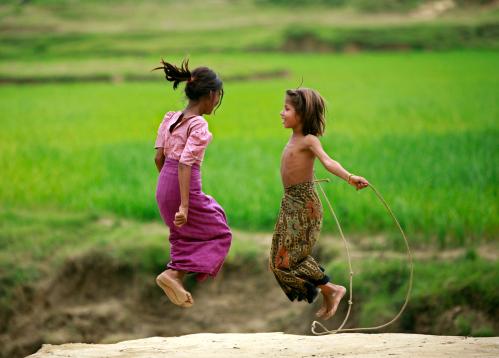
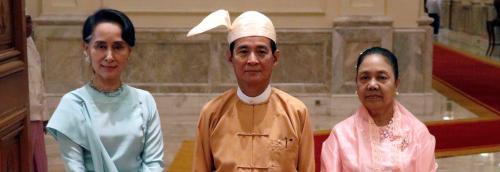
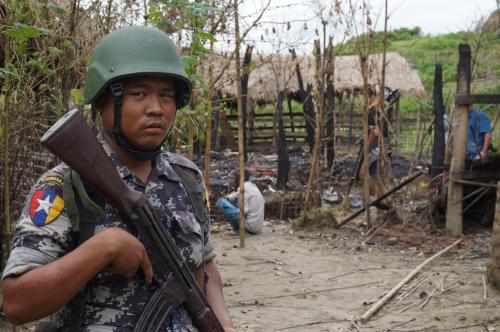
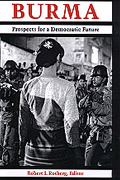
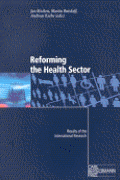
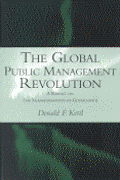
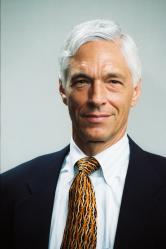


Commentary
Aung San Suu Kyi’s new government: What to look for in Myanmar
March 30, 2016